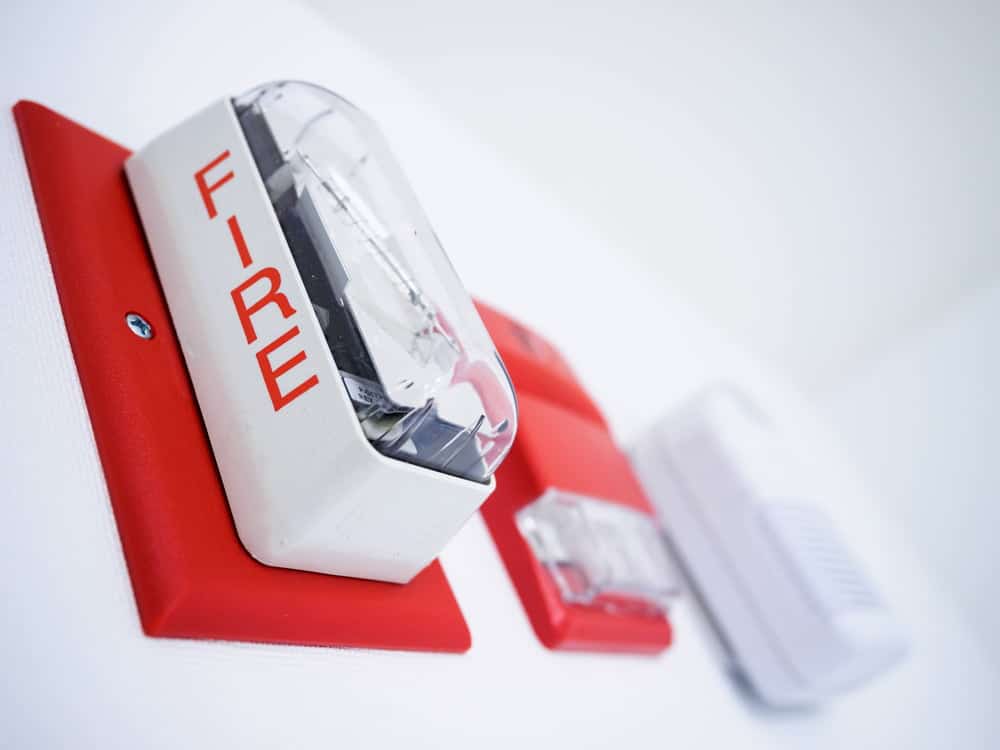Your Cart
- No products in the cart.
Subtotal:
$0.00
Other Popular Products
In part one of this two-part blog series, we went over some of the basics when it comes to preventing fire risks in various gas storage tanks and facilities. Compressed gas tanks may come with some additional fire risks compared to other tank types, but at the same time, modern safety advances have significantly limited the fires that take place due to these risks.
At Gordo Sales, we offer a wide range of cylinder gas heater options that check every box you'll require: They're excellent quality, plus limit any fire and other safety risks for those utilizing them in facilities. In addition to what we went over in part one, what are some of the top factors we're keeping in mind when it comes to preventing storage tank fire risks, and what should facility operators also be thinking about here? Let's dive in.

While most think of automation as a solution for improving efficiency and lowering costs, it's also a major variable in fire safety and prevention. Specifically, it plays a big role in increasing monitoring capabilities, which reduces risk – facilities with automation for their gas storage have fewer fires.
Automated digital control panels don't require any human operator, which means they can constantly monitor and adjust in real time. They also have intelligent sensors that will increase or decrease temperatures as needed, or shut off devices if fluid or temperature levels become dangerous and risk fires.
Another valuable tool here for facility managers is basic planning and surveys for safety, including many risks – such as fires and others. A pre-incident survey is one carried out by a local authority, one where they utilize various bits of data, plus floor plans, to create a pre-incident plan. In any case where emergency response is required, including for fires, the plan is used for more efficient mitigation. Surveys also include areas like construction elements, water supplies and any obstruction risks that will hamper response efforts – identifying these ahead of time plays a big role in response.
Finally, any facility that utilizes compressed gas storage tanks on a regular basis should have safety devices in place. Alarms are a big part of this – in case of emergency, functioning alarms that will alert personnel and emergency services are vital. In addition, suppression systems like sprinklers are hugely important for mitigating damage until first responders are able to arrive in any case where a fire does take place, though previous areas in this series will prevent this from happening at all.
For more on how to prevent fire risks in storage tanks, or to learn about any of our process or component heaters, speak to the staff at Gordo Sales today.